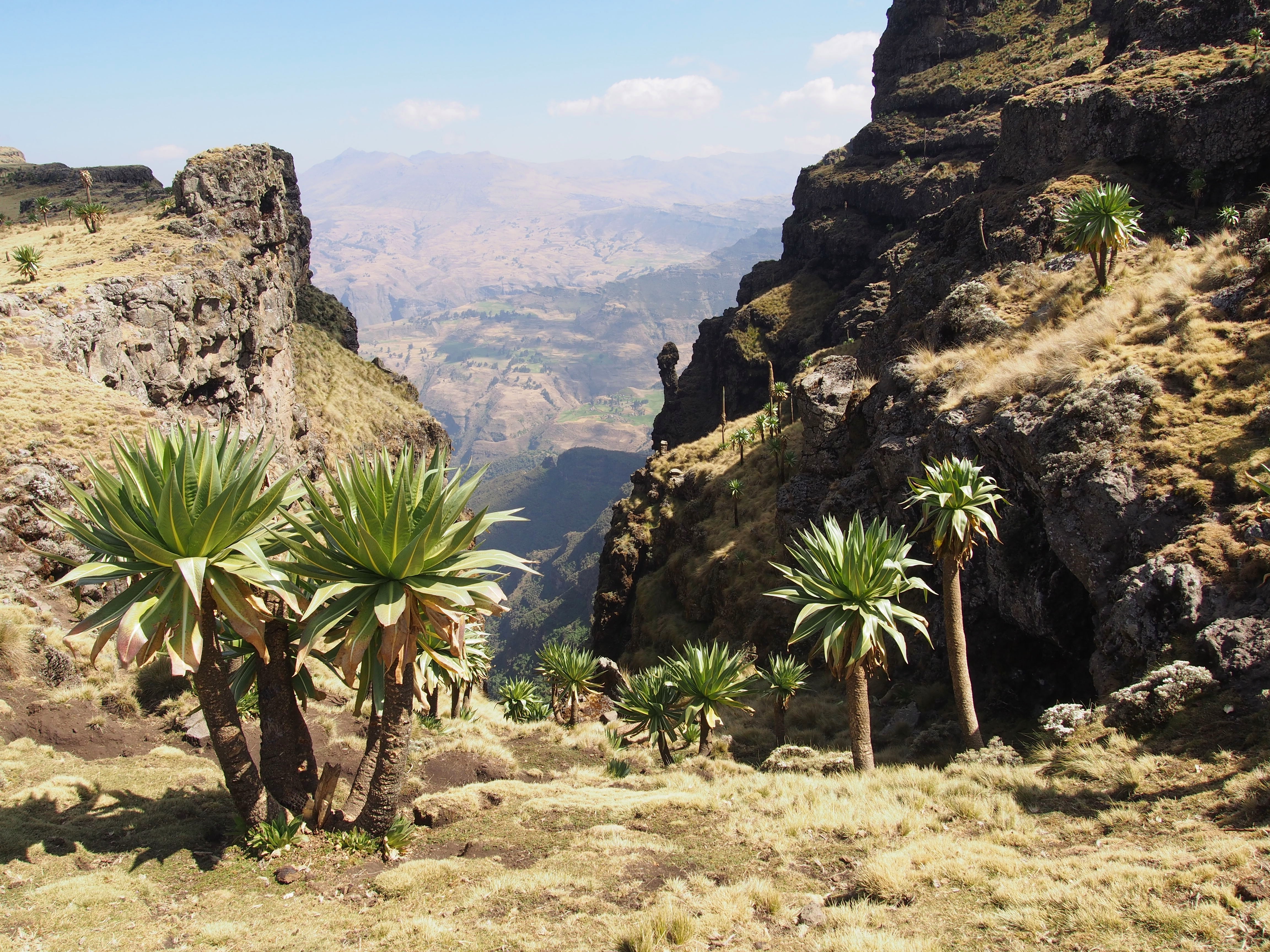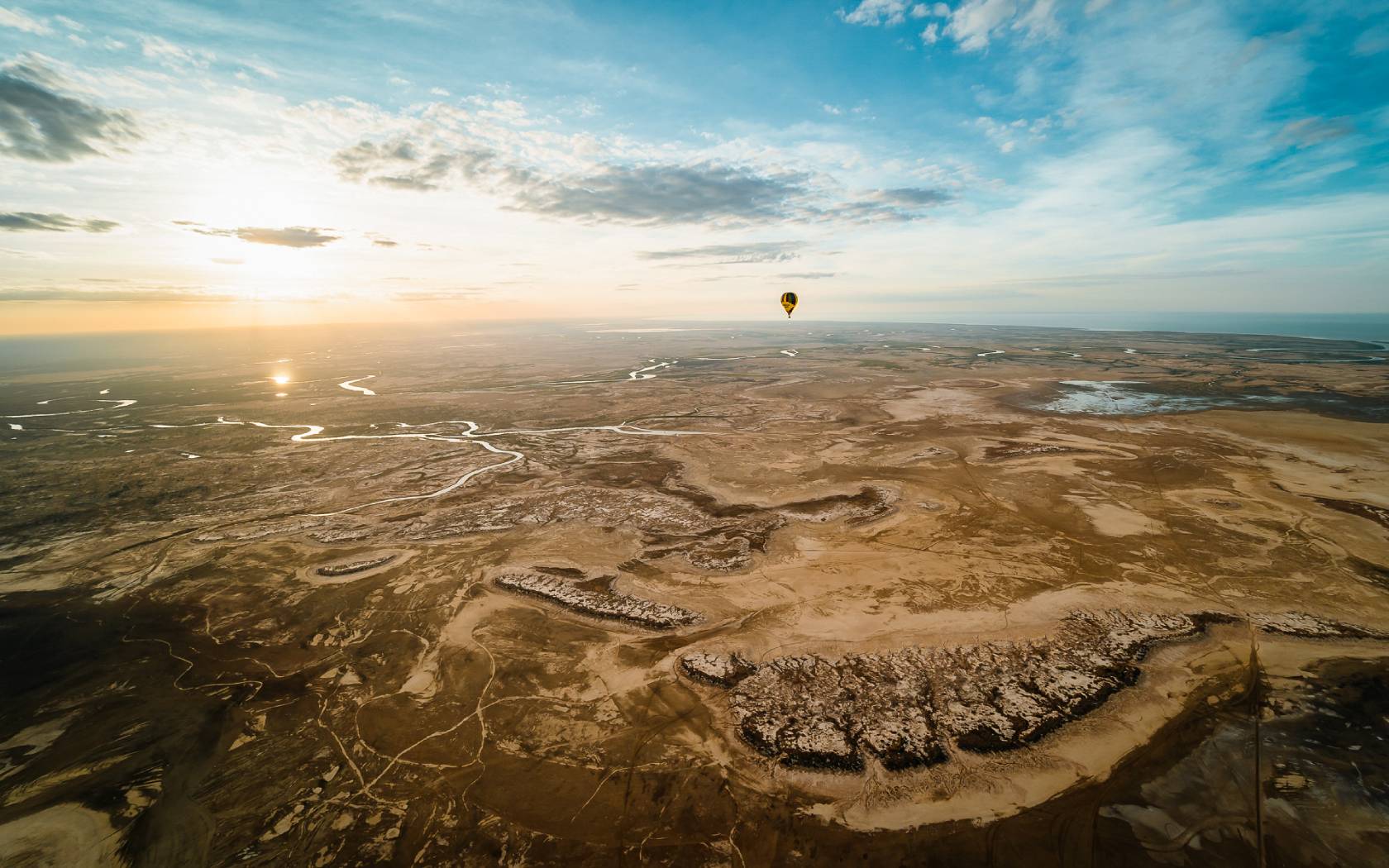Why Yangon Is Asia’s Most Exciting City
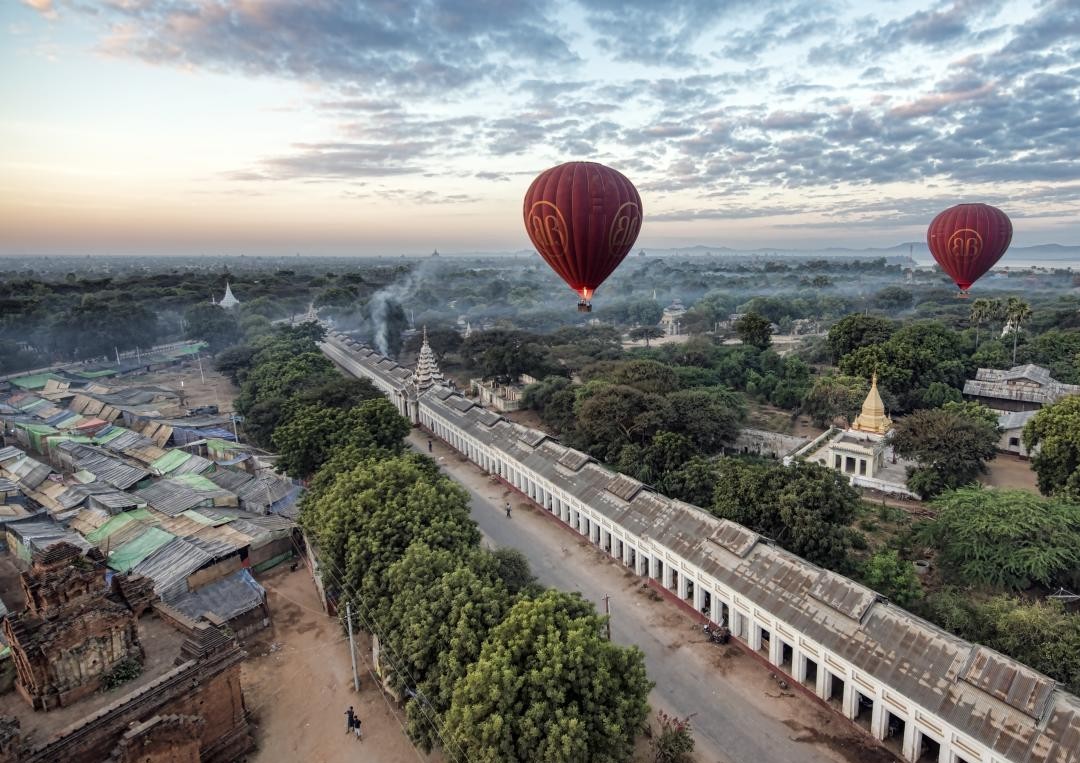
Sean Gleeson is a journalist from Melbourne living in Yangon.…
It’s hard to think of any city in Asia that’s changed so fundamentally in the last five years as Yangon. With the Myanmar government’s attempts to shed its status as the region’s class delinquent, the country’s southern commercial hub strongly suggests dynamism and new horizons. At the same time, after so long cut off from the international community, Yangon’s isolation has kept the culture and skyline of its six million people largely intact, making it one of the most unique cities of its size anywhere.
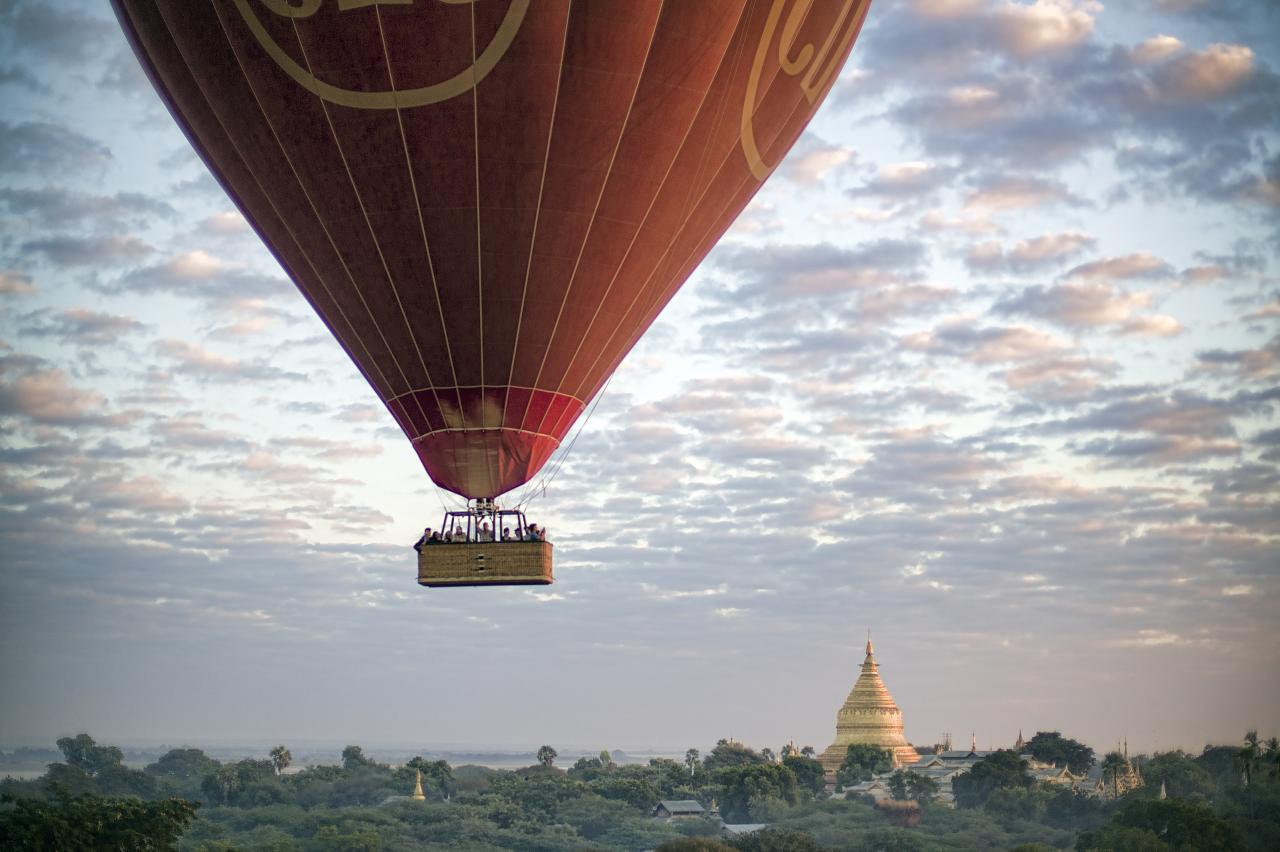
So what else has changed here and what’s stayed the same this decade?
The tourism boycott’s over
A few days after the 2010 election – the first since the military government nullified the results of the 1990 poll – democracy icon Aung San Suu Kyi was released from her third and longest spell of house arrest in Yangon. Soon after, Suu Kyi’s National League for Democracy party dropped its longstanding call for tourists to boycott the country.
Adventurers had largely kept clear of Myanmar beforehand, but more than three million tourists passed through customs this year, with most coming and leaving through Yangon. The city’s had a corresponding boom in the hospitality trade, with new hotels, bars and restaurants popping up every month.
Like just about everywhere else, if you’re thinking about a trip over here, you should do your homework first and make an ethical decision about whether to come. Travel guides have sections on responsible travel that will help you avoid spending your money in the wrong places.
Traffic has come grinding to a halt
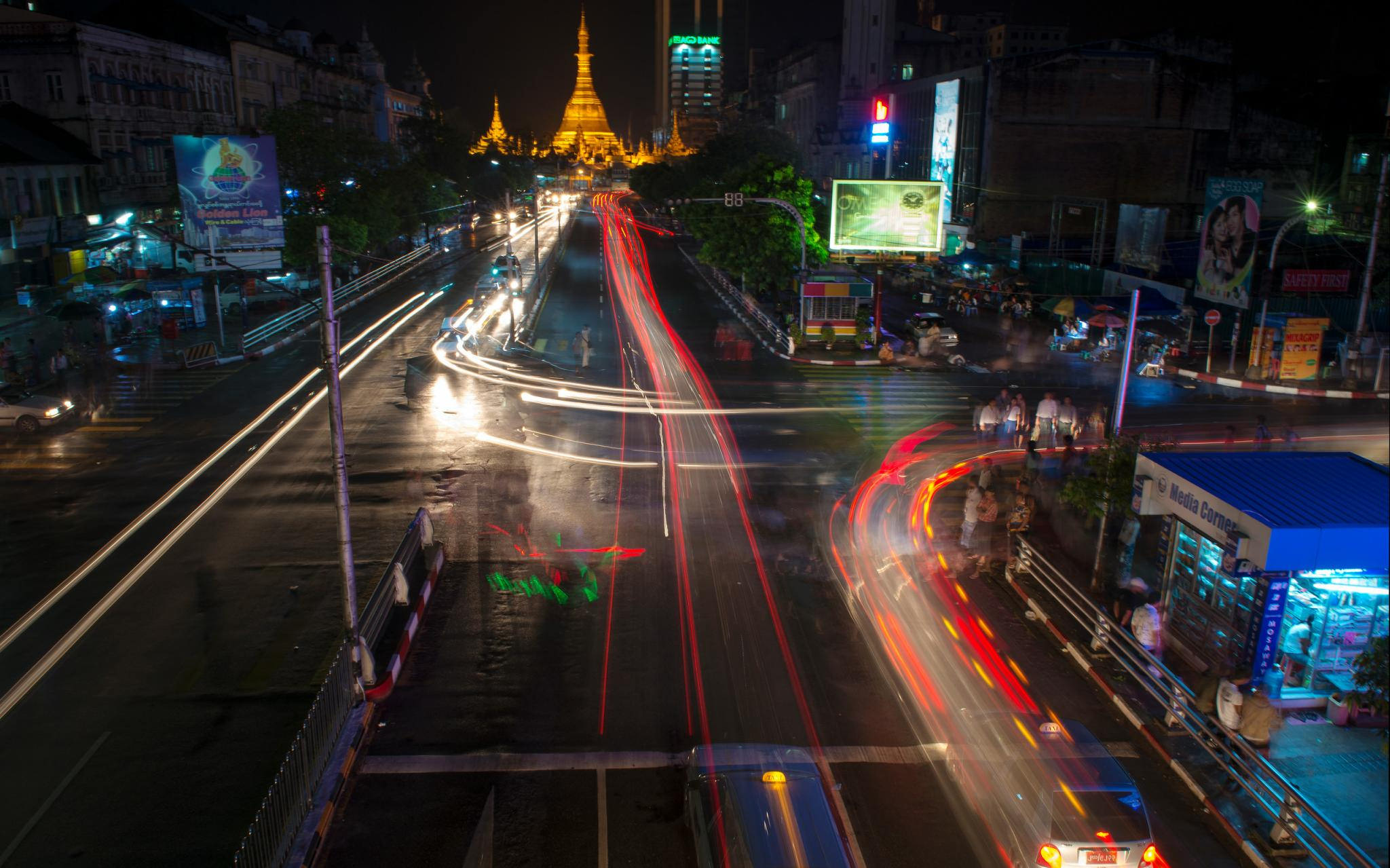
When I last visited Myanmar two years ago, a peak hour trip from downtown Yangon to the airport was 20 minutes; now you’ll be lucky if you can clock it in less than two hours. Right now Yangon’s downtown grid makes sitting in traffic on the clogged arterials of Bangkok feel like driving a rocket car across the Mojave Desert. The streets are flush with cheap Toyota sedans and the municipal government has been extravagantly granting taxi licenses to meet demand from the booming population.
Making the problem worse is the total ban on motorbikes, unlike just about every other city in Southeast Asia. Legend has it that a few decades back one of them hit a senior official’s motorcade and in a strop, he told city authorities to ban them all overnight. Once you reach the city centre, it’s best to get around on foot.
SIM cards don’t cost $500AUD anymore
A few years ago, this was literally a thing. It was easy enough to get your hands on a cheap Nokia in any number of shops around Sule Pagoda, but to get a SIM from the government-owned monopoly provider you needed to fork out two-thirds of the average national yearly wage. Partly this was to do with the clapped-out state of the city’s phone network, but the government was also likely wary of making mobiles readily available to people after the Saffron Uprising.
Nowadays, Yangon has joined the international list of cities where any stroll down the footpath means a collision with some teenager text flirting instead of watching where they’re going. After opening up the telco market to foreign competition, SIM cards are about $5-10AUD now, something old-time expats who paid a premium are still grumbling about.
The music scene is huge

Yangon’s longstanding punk scene has been well-documented, but it was always on the down-low: having a high profile and borrowing your aesthetic from things as diverse as Fonzi’s jacket on Happy Days to the Insane Clown Posse didn’t do well in a climate where the people in charge equated foreign influence with subversiveness. Now that’s calmed down, it’s more out in the open. German punk legends Die Toten Hosen played in Kandawgyi Park to 2000 people the other week and were thoroughly outshone by their local supports.
With more nightspots opening and a gradual peeling back of the de facto 9pm curfew, there are more places for bands to play and less chance of issue arising. At the same time, monthly LGBT house and techno nights have become a fixture of the Yangon social calendar and a native hip-hop scene seems to be making a mark.
People are switched on
It sounds like the punchline to a bad joke: what other place has such a strong culture of debate that people can’t even agree on the name of the country? The very first thing the military did after taking power in 1988 was rename Myanmar from Burma, ostensibly to create a more inclusive name for the country’s myriad ethnic groups which didn’t solely refer to the Bamar majority. (Part of the changes was Rangoon’s switch to Yangon, to reflect local pronunciations more closely.) Which name someone uses for the city in conversation is still a reasonably good barometer for where their political sympathies lie.
In a lot of ways the debate over nomenclature is a microcosm for public debate in Yangon. It’s impossible to sit on the fence; people here are engaged by necessity and argue their case passionately. On the streets in the mornings, it’s impossible to avoid walking past rows of people sitting on plastic stools, reading from some of the scores of newspaper titles on offer, and rumour and innuendo retain their pride of place in public discourse despite the gradual easing of state censorship.
It’s still one of the most diverse and coolest-looking cities in Asia

I can’t think of any city in the world where you can stand on a street corner and be less than 200 metres away from a Buddhist pagoda, a Baptist church, a synagogue and hear the call to prayer from a mosque at the same time. At one point during the British colonial period, the migration of westerners along with Chinese merchants and Indian civil servants reduced the Burmese population to 30 percent of the city’s total. The city’s makeup still has traces of that legacy, along with hundreds of thousands of people hailing from the more than 100 ethnic minority groups that populate the country’s border regions.
One of the very few upsides to Yangon’s lack of economic development is the preservation of so many buildings from the colonial era. Old port buildings and ministries are faded and worn but still stand in all their Victorian splendour. The amazing and history-soaked Secretariat Building in the city centre quickly fell into disrepair after the government moved the capital to Naypyidaw in 2005 but got a partial makeover when Barack Obama took a tour last month, pledging money to heritage programs to preserve the city’s distinctive blend of old and new.
(Lead image: Chris Michel/Flickr)
Sean Gleeson is a journalist from Melbourne living in Yangon. Before that he worked in Phnom Penh, where on two separate occasions he lost more than US$40 by placing ill-considered bets on the outcome of Connect Four games. His Twitter account is mainly things about politics and badly behaved tycoons from across Southeast Asia.

